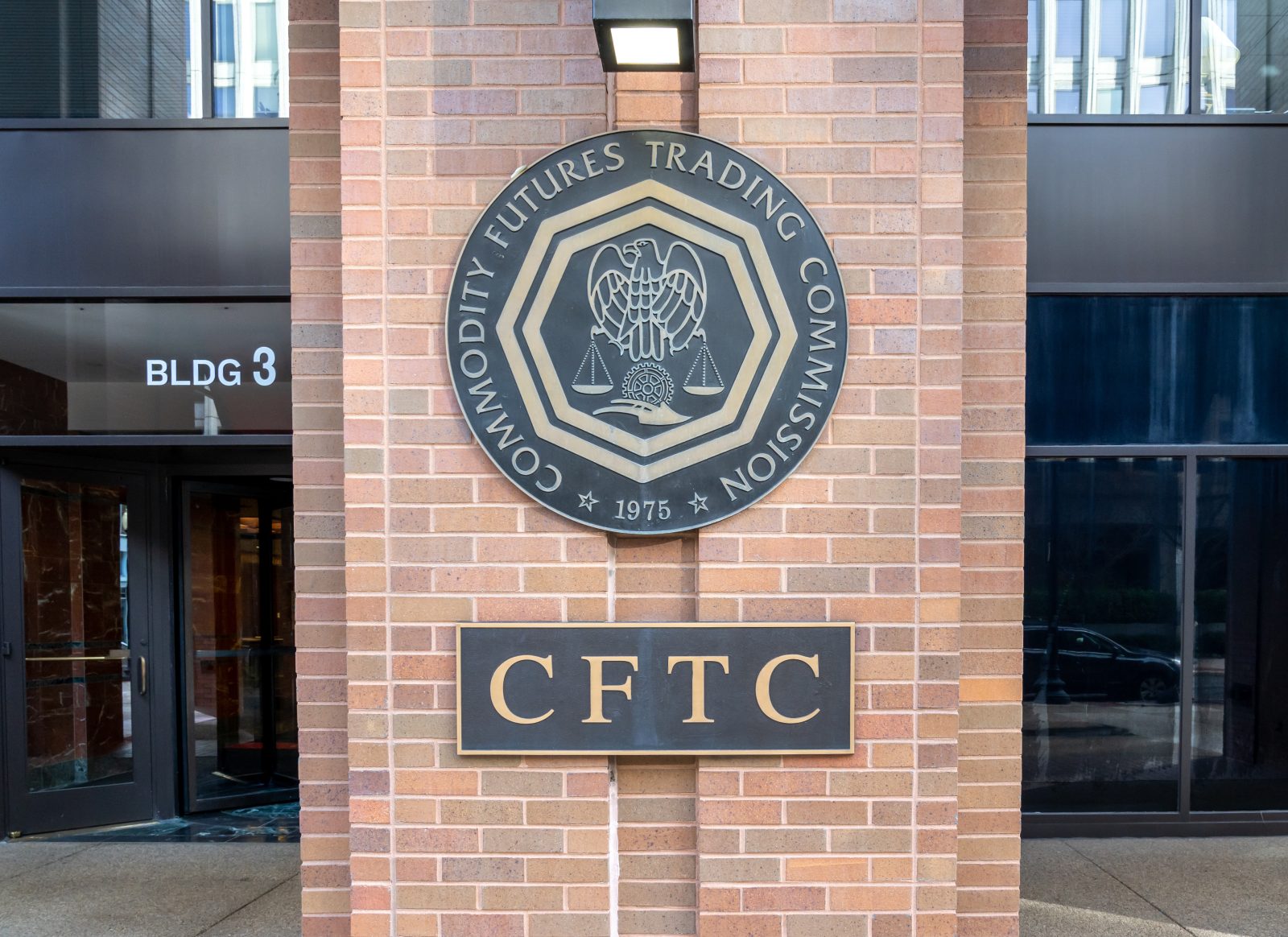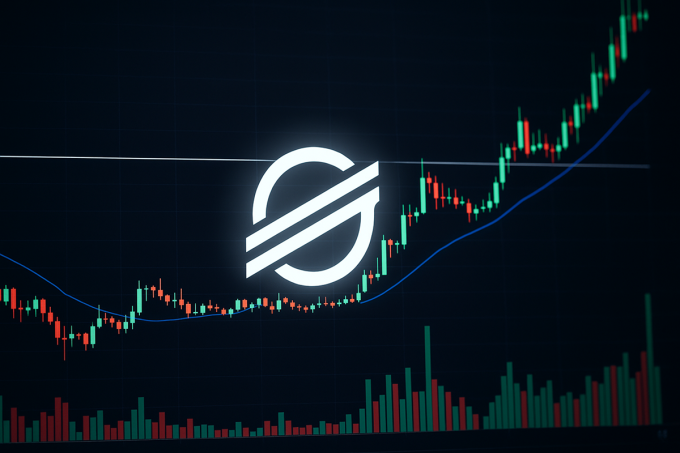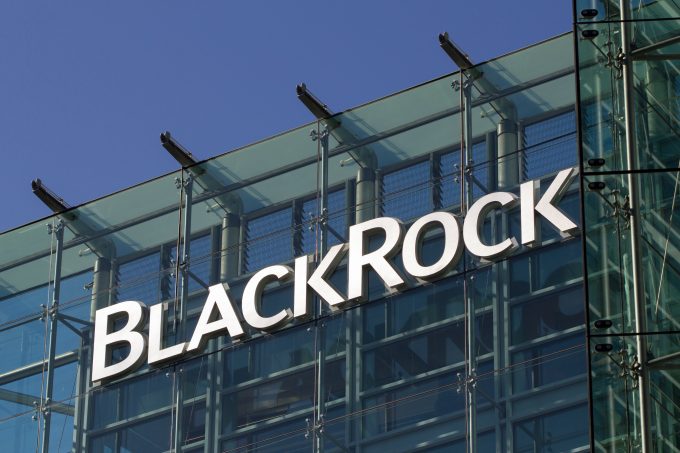The U.S. Commodity Futures Trading Commission (CFTC) is advancing an initiative that could reshape the relationship between digital assets and traditional finance: the potential use of stablecoins as collateral in derivatives markets. This move comes at a time when stablecoins have grown into a $160 billion market, playing a central role in crypto liquidity and cross-border settlement. For institutional investors, the CFTC’s step represents a notable alignment of regulatory oversight with market innovation.
Market Reaction: Stablecoin Credibility Strengthens
Stablecoins such as Tether (USDT) and USD Coin (USDC) are widely used for trading volume settlement, accounting for more than 70% of spot crypto transactions globally. The CFTC’s consideration provides a layer of legitimacy that could ease institutional hesitations around counterparty risk. Bitcoin hovered near $63,500 on Tuesday, up 2.1% from the previous day, while Ethereum traded at $2,480, gaining 1.8%, suggesting investor optimism tied to regulatory progress. The move may not immediately alter market prices but it reinforces the perception of stablecoins as critical infrastructure in the evolving financial ecosystem.
Regulatory and Technical Implications
The integration of stablecoins as collateral in derivatives markets would represent a structural milestone for both crypto and traditional finance. Collateral efficiency is central to derivatives trading, where liquidity and settlement assurance determine risk exposure. By recognizing stablecoins, the CFTC would allow clearinghouses and market participants to diversify collateral beyond cash and government securities. At the same time, this initiative underscores ongoing debates around systemic risk, reserve transparency, and the technical reliability of blockchain settlement layers. Regulators are tasked with ensuring that stablecoin issuers maintain credible reserves, a prerequisite for integrating them into risk-sensitive environments like derivatives clearing.
Investor Sentiment and Strategic Perspective
For sophisticated investors, the initiative signals a step toward deeper integration of crypto into institutional frameworks. Hedge funds and proprietary trading firms that already use stablecoins for intra-day liquidity could benefit from reduced friction when transitioning to regulated derivatives positions. Strategically, the move reduces the operational gap between decentralized and centralized markets. Investor psychology suggests that regulatory clarity—especially when combined with utility expansion—boosts long-term confidence in digital assets. Stablecoin adoption in derivatives could also spur competition among issuers, with transparency and regulatory compliance becoming differentiators for capital flows.
Looking ahead, the CFTC’s stablecoin initiative could open new pathways for crypto adoption, but risks remain. The effectiveness of reserve audits, the pace of international regulatory alignment, and potential liquidity shocks in times of stress are all factors to monitor. For investors, the next steps will be shaped not only by U.S. policy decisions but also by global regulatory coordination, which will ultimately determine whether stablecoins can transition from trading tools to core components of systemic financial infrastructure.













https://shorturl.fm/4tzx5
https://shorturl.fm/3Pbua
https://shorturl.fm/WUI3z
https://shorturl.fm/EY57f